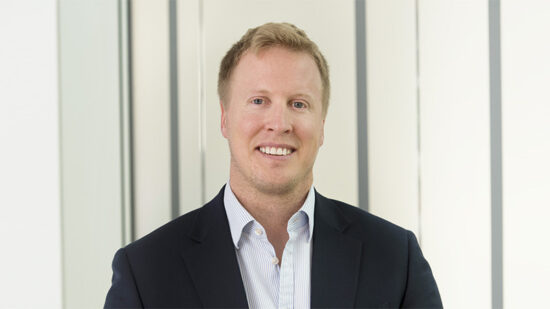The view at the beginning of the year was that rates would almost certainly rise, indeed, some were expecting it sooner rather than later.
Now, however, bond markets are pricing in a first rate hike only toward the end of the year at the earliest, as are many macro commentators.
As Investec’s Philip Shaw pointed out in a note this afternoon following the BoE’s MPC announcement: “There has been a considerable retracement in UK interest rate expectations over the past few months.
“For example since early October, implied 3-month Libor at the end of 2015 has fallen back by 80 basis points. The virtual freefall in the yield curve has been maintained into the first week of the year and it is not now pricing in the first increase in the Bank rate until spring 2016,” he said.
Investec’s view is that interest rate “lift-off” will take place in August and, instead of focusing on the timing of rates hikes, Governor Mark Carney will be focused on drafting an explanatory letter to the Chancellor “given the likelihood that CPI inflation dropped below 1% in December.”
This is of course part of the conundrum for both the BoE and the Federal Reserve, a decision to raise rates now has been complicated by the fact that inflation doesn’t quite seem to be doing what it should be – a situation that has only been exaggerated by the sharp slump seen in oil prices.
As SVM’s Colin McLean told Portfolio Adviser, “The downward surprises with regards inflation that have been evident in most MPC presentations have been there for at least 18 months.”
He added: “The bottom line is that they would be raising rates when inflation is below target.”
Marcus Brookes, head of multi manager at Schroders, has a slightly different view, especially in terms of the US, where he believes rates should have been put up already, despite what the bond market is currently pricing in.
“What we can’t get our heads around is that there is GDP growth of around 3%, yet rates are still sitting at 0.25%,” he said.
According to Brooks, one reason for the delay is that the shock of 2008 was so great that central banks are much more likely to delay the first rise for fear of having to backtrack later.
But, he added: “The economy is easily strong enough there to justify a rate rise and that was before the slump in oil which we estimate should add 1.5% to US disposable income this year. If we were bullish on the US with oil at $110 per barrel we should definitely be bullish now.”
The other factor, of course is jobs, but here too, Brooks remains bullish on the US. “We estimate that the slump in oil prices should add around 1 million jobs in the US; if the Fed truly is data dependent, that should see them raise rates sooner than bond markets are expecting.”
That rates are going to rise sometime this year is, once again a rather consensus bet, but, what is becoming clear is that the market is increasingly less sure on timing, which is likely to see more volatility ahead.
After all, as IG Group pointed out: “Traders are only too aware that the current tranquillity could come crashing down with industrial production figures from the UK and Europe, along with US non-farm payroll figures and unemployment rate changes all pencilled in for release tomorrow [Friday].







